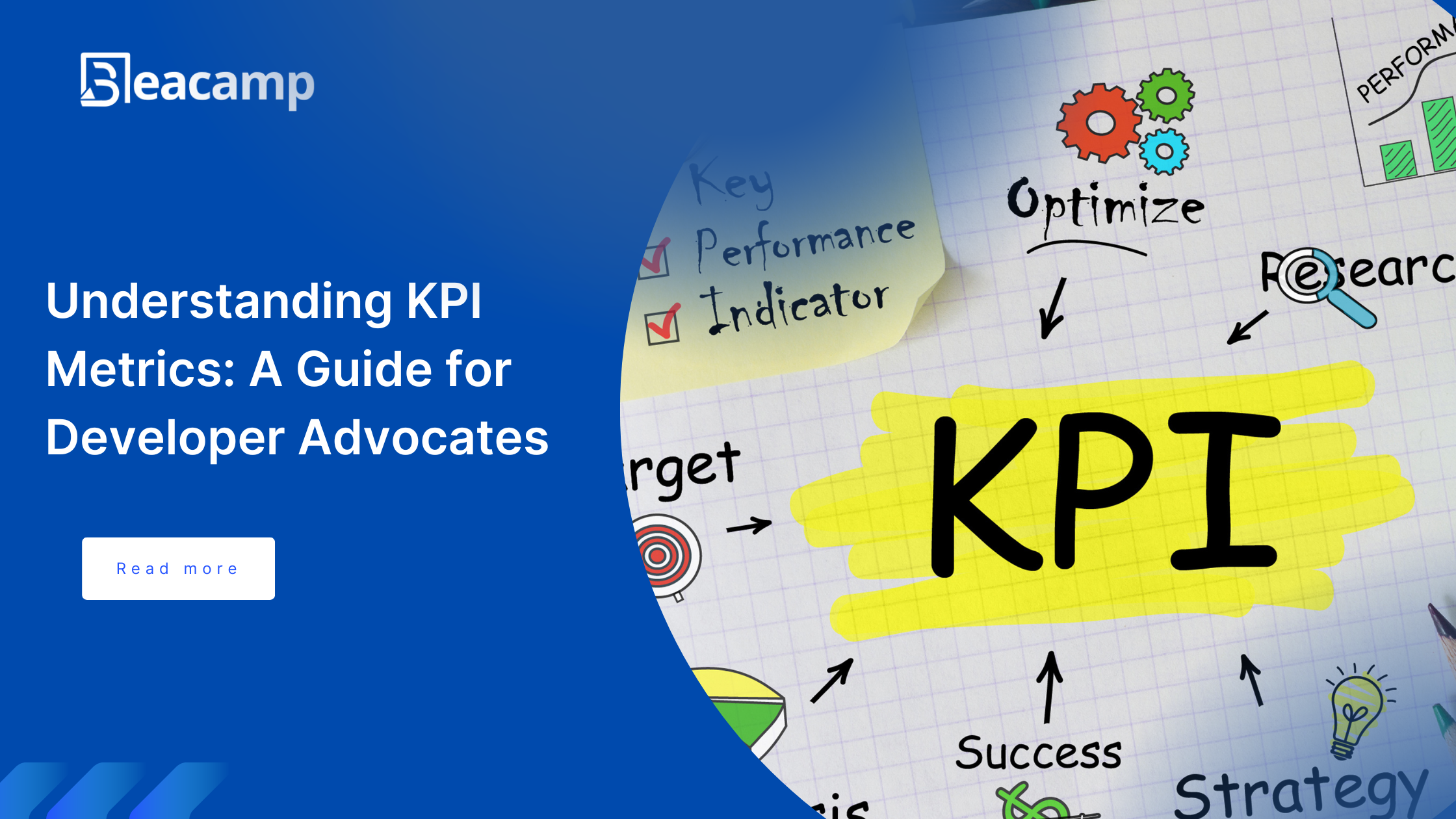Introduction
Writing a technical article is a huge part of a developer marketer’s responsibility, and it involves more than organizing your thoughts into sentences, paragraphs, or sections. Your technical article must be engaging to pass the information to your target audience. This involves understanding your target audience and passing accurate information.
This guide will discuss the best practices needed to create engaging technical content.
Let’s Learn!
Know Your Audience

When writing a technical article, knowing who you’re writing for has to be the most crucial part of technical writing. This helps you understand the topic of your article and the content, how you are supposed to craft that content to fit the needs of your target audience, and your understanding of your target audience.
For instance, how you write a beginner-friendly article, let’s say how to use HTML, differs from how you will write an in-depth article for an intermediate developer, using selenium to test web applications.
Once you know who you are writing for your target audience, it gives you a base or backbone for crafting more engaging content that feeds your target audience persona on needs.
Write Concise

One of the aims of writing technical content or articles is to educate the user now; technical content or articles are meant to be concise and easy to understand. An article or content with lots of extraneous words, jargon, and over-explained concepts would not engage the target audience; instead, it would confuse them, making the content less engaging and more of a headache.
In your technical article, you are advised to avoid using more significant words or complicating your sentence structure. Write straight to the point and focus on the point at hand. This helps you create a more concise article that can be engaging.
Break Large Text into Points

In technical writing, it’s awful for you to have a large block of text with no visual contents relating to or explaining your block of text; trust me, no one wants to read a large block of text. Break down large text, like paragraphs, into bullet points or smaller sentences to avoid this issue. That’s why it helps your reader visually understand or helps your readers accumulate the information quickly. A large block of text or an enormous paragraph with no visual content relating to this needs to be clarified.
You can also add images before your sections or headings explaining what that paragraph, heading, or section is discussing in more detail. Also, turn your articles into sections and headings that will help your reader easily understand your content, and it will be visually exciting or could pick their interest.
Add Real-World Examples

When creating engaging content, adding real-world examples is crucial. These examples show the practical applications of your content, helping readers understand its relevance and use in everyday scenarios. By showcasing how your content can be effectively applied in the real world, readers are more likely to find it relatable and actionable, enhancing their understanding and retention.
For instance, if you are writing on the most used frontend tools, you could include popular projects that use them; it helps your readers understand the relevance of the tools mentioned in your article. This approach increases the content’s comprehension and strengthens its impact on the readers, creating a more memorable and meaningful experience.
Add CTA and Summaries

In your conclusion, it’s important to include key takeaways that summarize the main points of your article. This simple trick helps capture the attention of readers who skim content, ensuring they understand your article’s relevance and encouraging deeper engagement.
Also, to ensure a better reading experience, add a call to action at the end of your articles. This encourages your readers to use what they learned from your article or do further research. It enhances your content’s overall impact and effectiveness.
Ensure Your Content is Accurate

The primary goal of writing a technical article is to educate your readers and facilitate their comprehension. Maintaining the accuracy and currency of your content is paramount, particularly if you are writing about a specific technology. By doing so, you enhance the reliability and credibility of your work, making it more engaging for readers.
For example, if you’re writing a how-to guide on using Python, ensure your article highlights the current stable Python version. Each version fixes known bugs and offers updated benefits, ensuring compatibility with the latest tools and libraries. This small detail prevents confusion for readers using a different version of Python, such as Python 3.4, and they can flow alongside.
Always Edit and Proofread your Technical Content

In technical writing, it is advised that after you are done with your first draft, you should take a break and look at the draft again; that way, you can easily pick up the arrows that could be a grammar grammar error, a sentence error, or you are on that explained or over-explaining a concept this lets you quickly go um read through your content again and be sure that it’s fascinating information that you want to pass through your audience.
Proofreading your article twice or thrice before you publish it gives you enough time to read your article from a writer’s point of view from a reader’s point of view and catch Errors that you may have missed either while working on your first draft or while doing your second proofreading.
Conclusion
In conclusion, creating technical content is a simple but complex task that involves more than simply organizing ideas into an article, blog post, or newsletter. It is about knowing who you are writing for so you don’t write haphazardly, writing concisely, ensuring that you are passing the correct information using real-world examples, highlighting key takeaways from your examples, and proofreading your content so you don’t make so many mistakes and lose your reader’s attention or pass wrong information.





One thought on “How to Write an Engaging Technical Content”